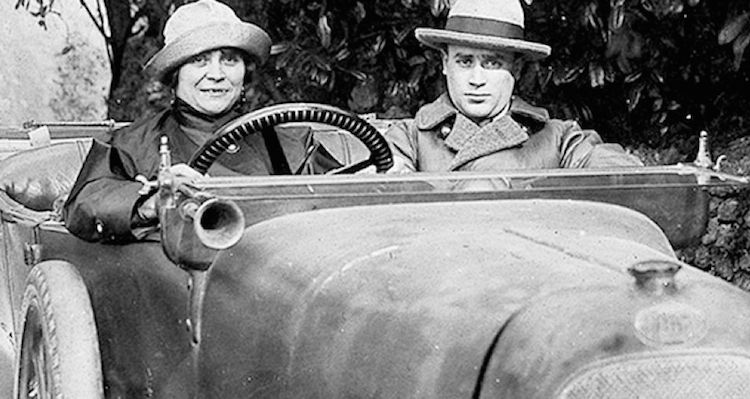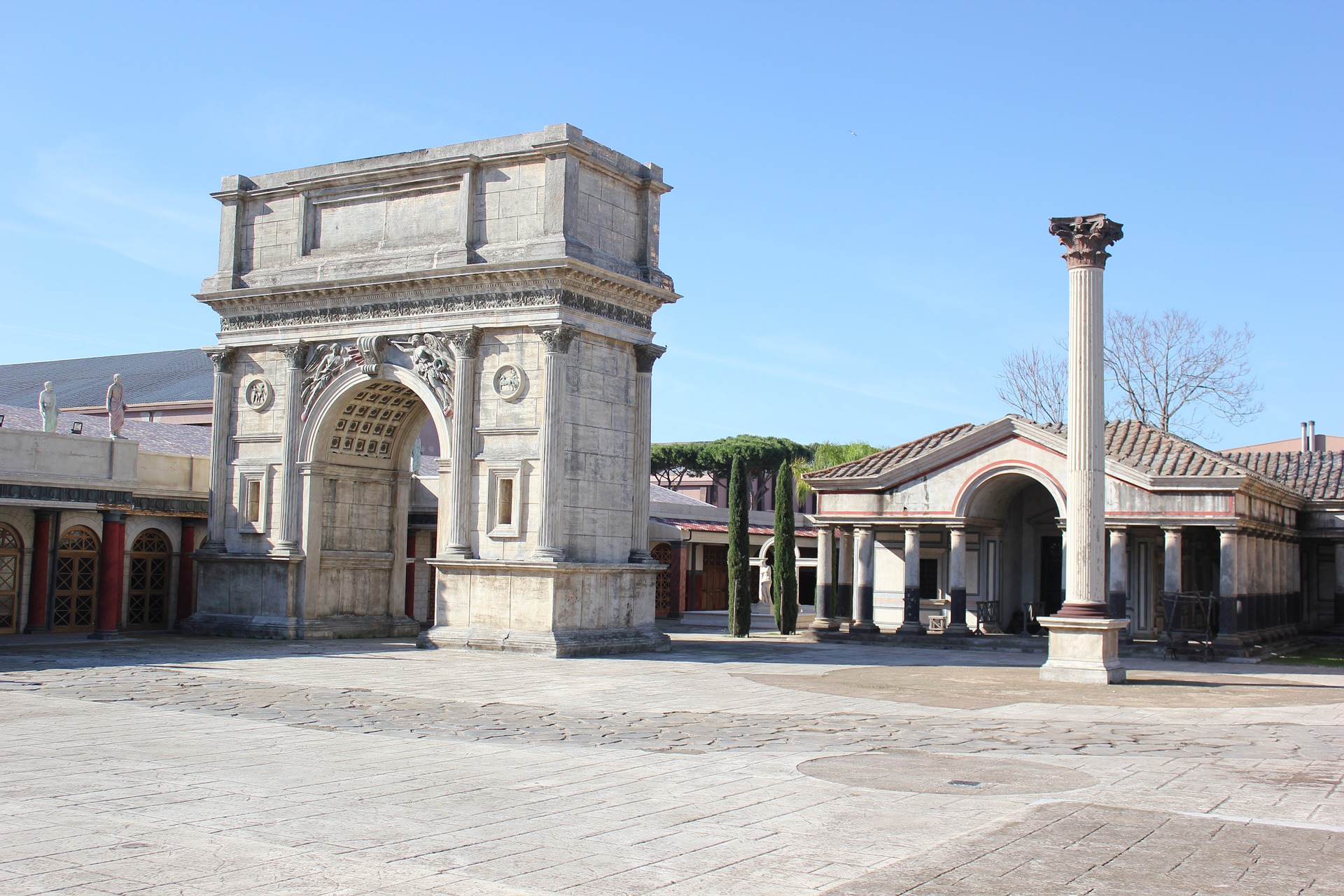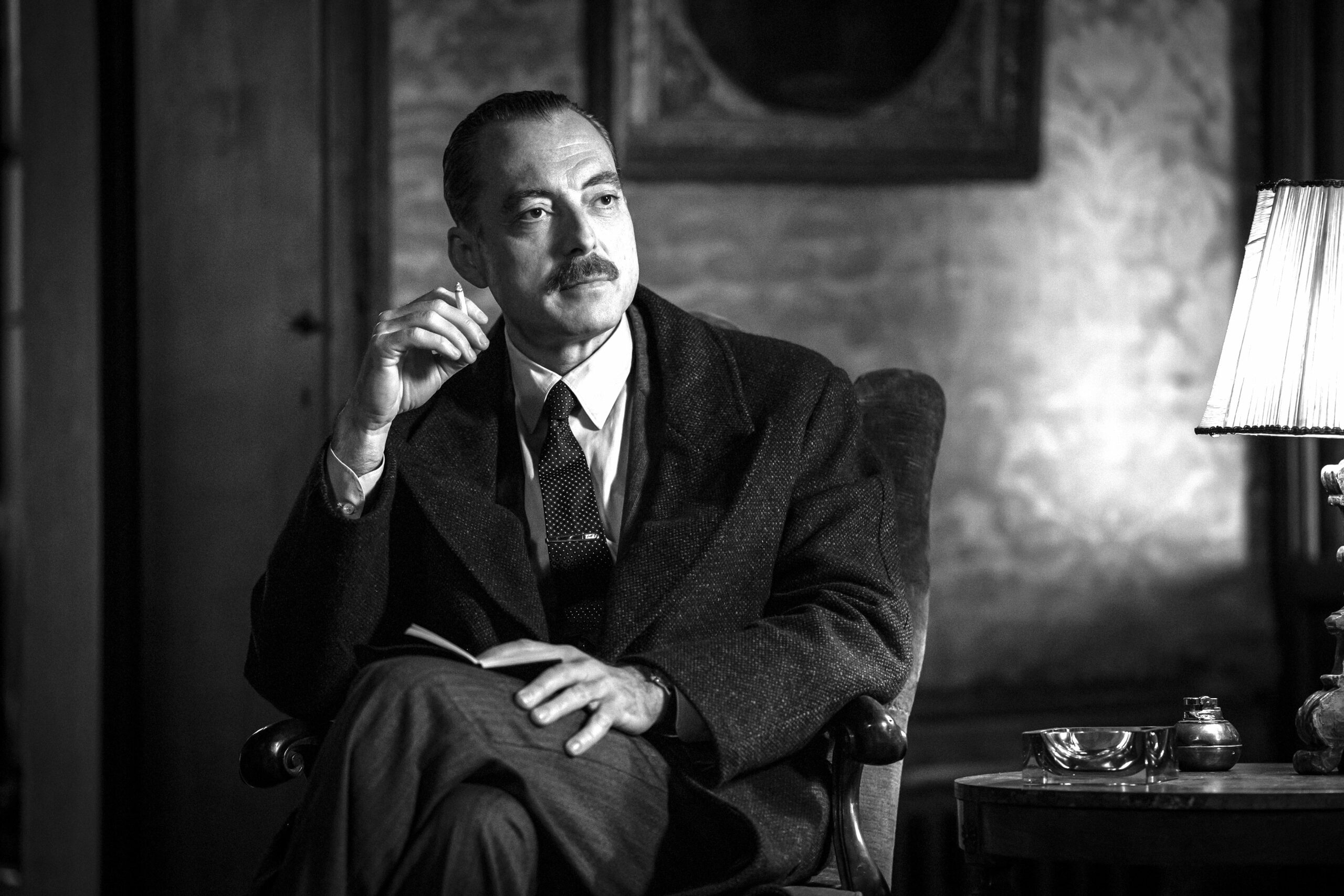The ancient Maya considered chocolate the Gods’ drink, and through the centuries the “black gold” with its many ancient properties has created rich and fascinating history.
In Perugia, at the heart of Umbria in Italy, there’s a magical place where it’s possible to experience and learn all about chocolate history. It’s the “Casa Del Cioccolato Perugina”, “The Perugina Chocolate House”. Here chocolate passion is expressed throughout an itinerary that covers the Historical Museum, the Factory, the School of Chocolate, and the Chocolate Tasting Area.
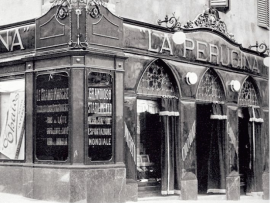
The tour starts with the Historical Museum, which was born in 1997 to celebrate the 90th anniversary of the Perugina Company. There are walls displaying “cabosse”, the original tree chocolate fruit, seeds and the reproduction of instruments that the Aztec would use to work chocolate. Thirty cases contain additional pictures, documents, papers and original packages from the Historical Archive Buitoni-Perugina, one of the most complete collections featuring original equipment and machinery from the beginning of the 20th century.
Aside from the Perugina Factory history, and chocolate history, another story lies behind these walls. It’s the story of Luisa Spagnoli, one of the most famous and successful Italian eclectic entrepreneurs. Spagnoli represents a remarkable example of Italian enterprise, all the more so because she was a woman at the beginning of a century when economic power was in the hands of men.
Luisa Spagnoli was born in Perugia in 1877. In her early 20’s she married Annibale Spagnoli, with whom she opened a grocery and began making her own chocolates. In 1907, she founded the company Perugina together with her husband Annibale Spagnoli, Francesco Buitoni, Leone Ascoli and Francesco Andreani.
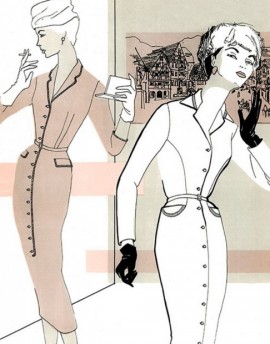
This was initially located in the center of Perugia, with just 15 employees. After Italy entered the First World War in 1915, Luisa, with her sons Mario and Aldo, had to carry on work alone. But instead of business going down, she managed the company in an excellent way and just a few years after the end of World War I, the company had grown to over 100 employees.
Meanwhile, Francesco Buitoni, one of the partners, called his young son, Giovanni Buitoni, who at the time had just finished school. Giovanni was 20 years old, brilliant and with an excellent intuition for management that he applied to help the company grow even more within a few years.
Luisa was ten years older than Giovanni, married, and with two kids. However the great synergy they had in the business, and the chemistry they had in their personal lives, made the two fall in love and create one of the most successful collaborations in the Italian history, that soon became worldwide.
In 1923, in fact, observing the granola nut that was throne away and wasted from other chocolate productions, Luisa created a chocolate candy that she called “Cazzotto”, “Punch”, because of its shape that reminded her of a fist. Giovanni Buitoni loved the invention but understood that what wasn’t working was the name. Now one would like to buy a box of “punches”, but maybe people would love a box of “kisses”.
After they changed the name into “Bacio”, “Kiss”, and added little love messages in the wrap of each chocolate (the story goes that this was inspired by the messages that Luisa and Giovanni would secretly exchange), the Baci Perugina soon became extraordinarily popular in Italy and eventually in the world.
Luisa, not content with her chocolate company, founded a new enterprise, Angora Spagnoli, breeding Angora rabbits. Luisa in fact was a great defender of animal rights and had a lot of animals in her countryside villa. While combing her beloved rabbits, she noticed how much soft hair would remain in her hands. She started to think that there must have been a way to use it.
Luisa became the first person to use Angora wool for knitwear, utilizing the Angora Spagnoli trademark for the shawls and garments that the new company manufactured. It’s worth mentioning that the rabbits weren’t killed, and not even shorn. Luisa in fact contacted many rabbit breeders giving them precise instructions on how to treat the little rabbits: she would pay them just to comb the rabbits in order to obtain the angora used to create the yarn. The company grew, and eventually, 8,000 rabbit breeders were busy combing their rabbits and sending the wool to Perugia.
Luisa Spagnoli was also ahead of her time not just in terms of her own enterprise, but for her conviction that women should play an important role in industry and business. In fact, she was a pioneer in providing facilities for her employees, such as kindergartens that enabled them to continue working after they had had children.
Unfortunately Luisa failed to see the real take-off of the company that began about four years later under the guidance of her son Mario, and grew into one of the most successful Italian companies exporting across the world today. Luisa was diagnosed with throat cancer. Giovanni Buitoni, with whom she remained together, moved to Paris together with her to ensure the best care and remained with her until her death in Paris in 1935.
